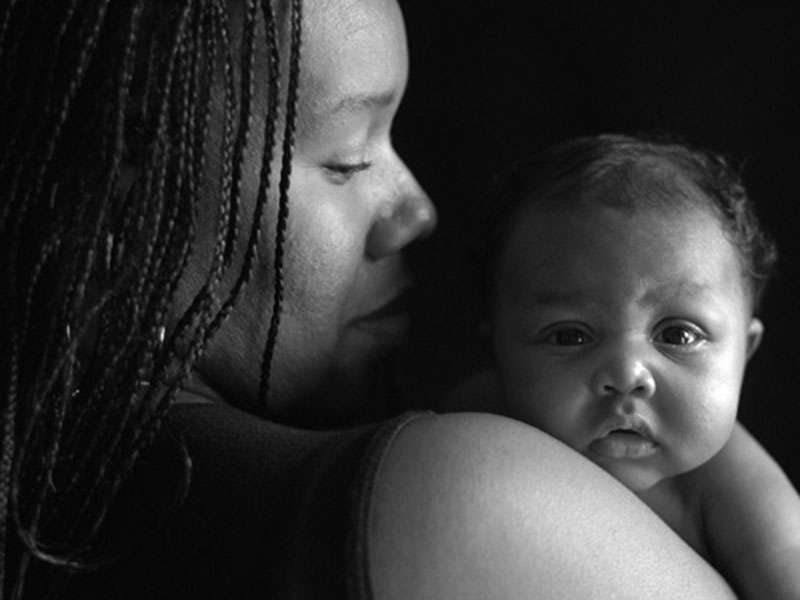Attachment Patterns
The nature of a child's ties to their mother and/or father or, for that matter, any person of any gender has an immense impact on how they will relate to other people later on in life, for instance, friends, partners, colleagues and their wider family.

John Bowlby, a British psychoanalyst, a former deputy director of the Tavistock Clinic in London and a Mental Health Consultant to the WHO, developed from the 1960’s to the 1980’s his own psychoanalytic approach towards child development.
Although Bowlby was very much also a child of his time and thus centered his attachment theory to a large extent around the mother-child relationship, it has to also be acknowledged that his theory can be applied to any gender.
In his attachment theory, he identified three main attachment patterns:
- Secure Attachment
- Insecure-Ambivalent Attachment
- Insecure-Avoiding Attachment
In this manner, Bowlby followed in the footsteps of the American-Canadian developmental psychologist Mary Ainsworth, who herself would later go on to confirm his assumptions to a great extent.
The secure attachment pattern means that human beings feel secure with the person they relate to and go on a voyage of discovery; they are striving for closeness, if they experience anxiety or unwellness along the way. As they increase in age, their trip becomes longer and more distant because they experience baking from their parents or the closest person in their life. In their early years, the primary caregiver sensibly reacted towards the child’s feelings and was caring, protective and comforting.
Children with an insecure-ambivalent attachment pattern do not really know if and when they can count on their primary caregiver. They try to be as close to them as possible to the point that they might seem to be clinging to them or, as the case may be, they might experience a deeply felt separation anxiety. They have never really experienced or rather not steadily experienced their caregiver protecting them and giving them comfort. More often than not, caregivers of insecure-ambivalent children have ignored the activities of their child and have not mirrored their feelings or supported them in their endeavors. Insecure-ambivalent attached children are also more prone to easily cry.
Children, who have experienced quite a lot of rejection, are insecure-avoidant attached and, therefore, they forego being in any way dependent on others. Their lives are characterized by an immense sense of autonomy because they were so disappointed in their early childhood due to the fact that no one was reliable. In other words, there was no one they could rely on and thus, later on in life, they don’t need anyone anymore. Insecure-avoidant children keep their distance and it’s very hard for them to find trust in another person.
These attachment pattern have an immense impact on how human beings relate to others later on in life. Do they feel secure with their partner or friends, are these people perceived as reliable, can a sense of protection and care be perceived?
Bowlby, John (2014). Bindung als sichere Basis – Grundlagen und Anwendung der Bindungstheorie. München, Ernst Reinhardt Verlag. (English title „Attachment“)
Photo: Tostado Photo, via Flickr (CC-BY-2.0)
09/2020